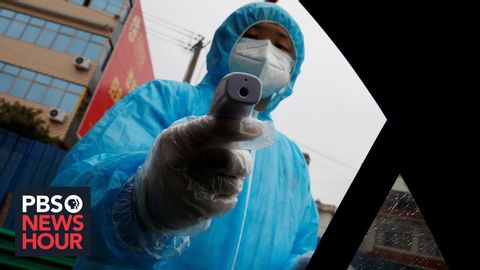
字幕と単語
症状がなくても新型コロナウイルスにかかっている人もいるかもしれません。それはそれで問題になります。 (Some people may be catching novel coronavirus without symptoms. That would be a problem)
00
林宜悉 が 2021 年 01 月 14 日 に投稿保存
動画の中の単語
individual
US /ˌɪndəˈvɪdʒuəl/
・
UK /ˌɪndɪˈvɪdʒuəl/
- n. (c.)個人;個々の項目;個体;個人競技
- adj.個人用の;個人の;個々の;独特の
A2 初級
もっと見る エネルギーを使用
すべての単語を解除
発音・解説・フィルター機能を解除
